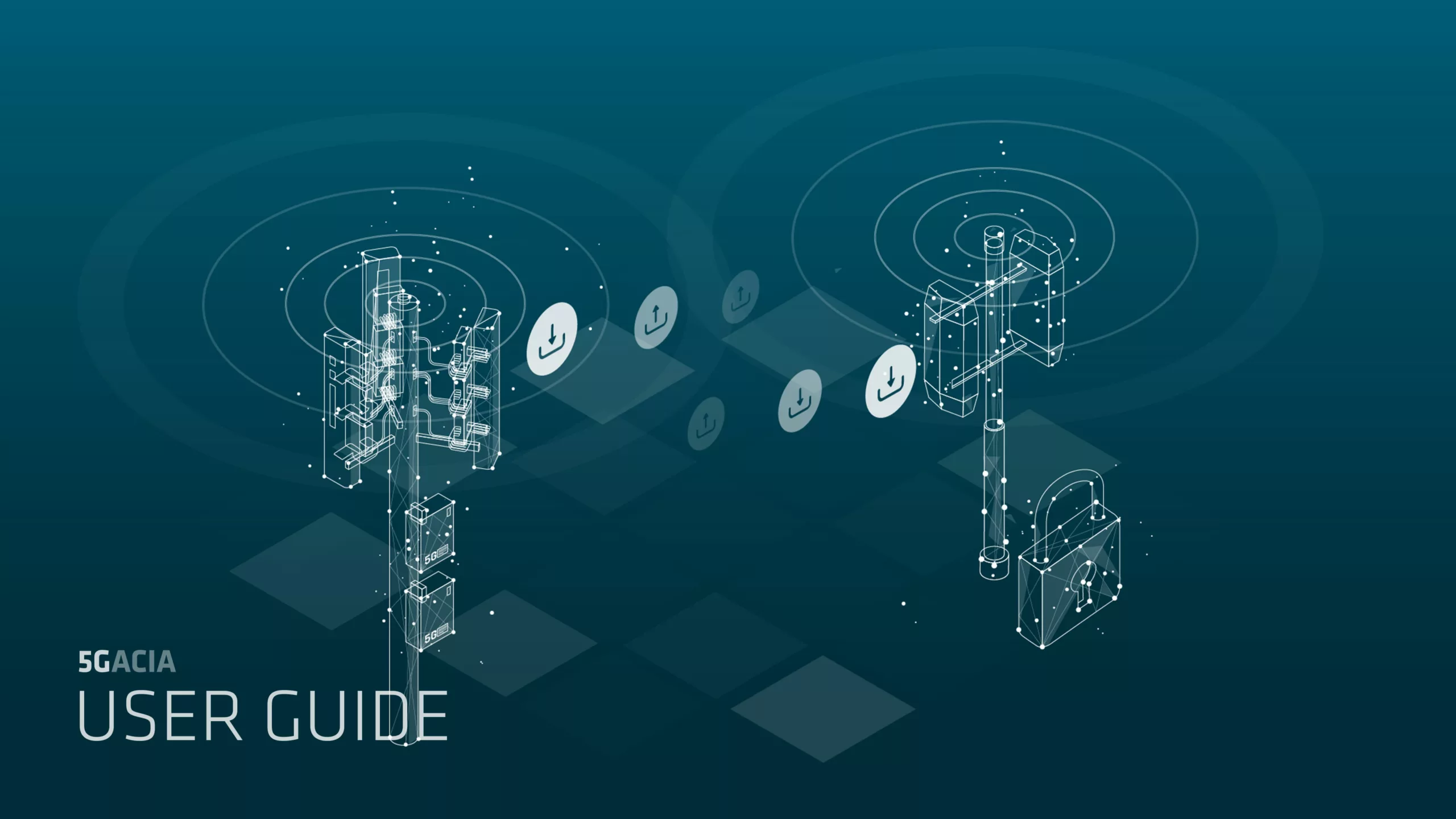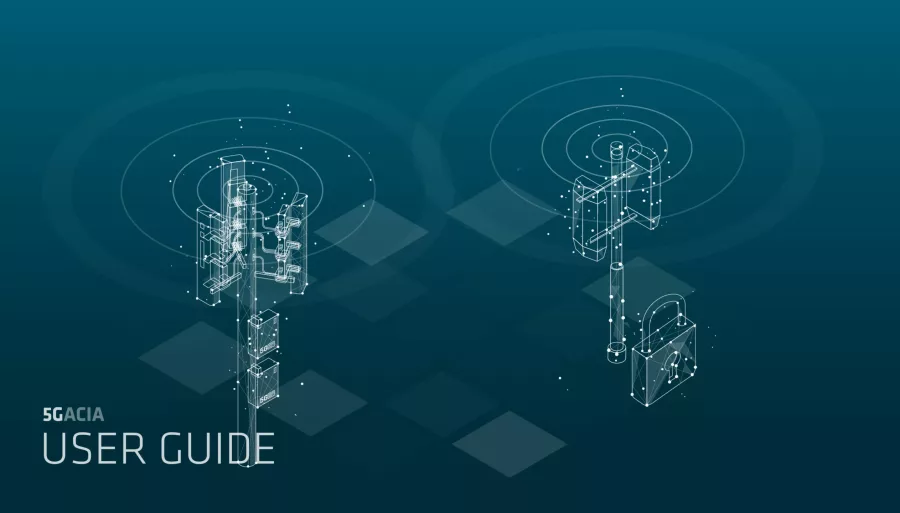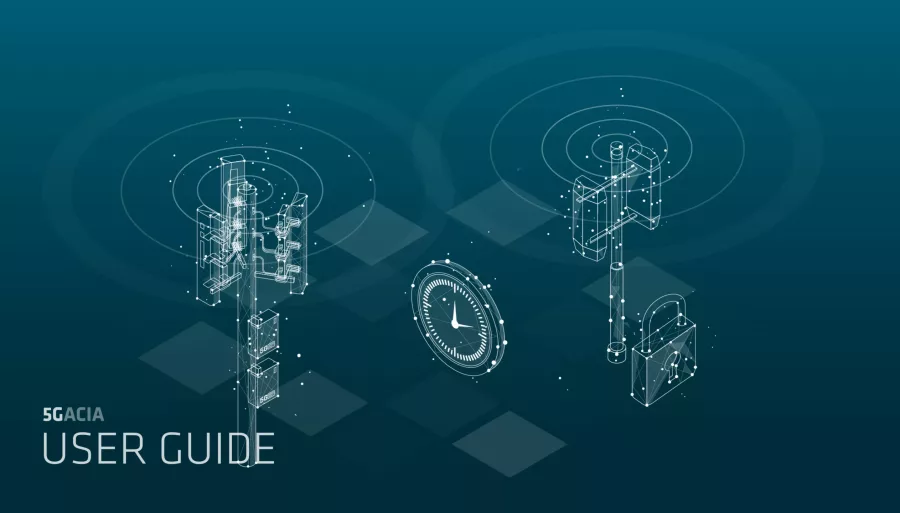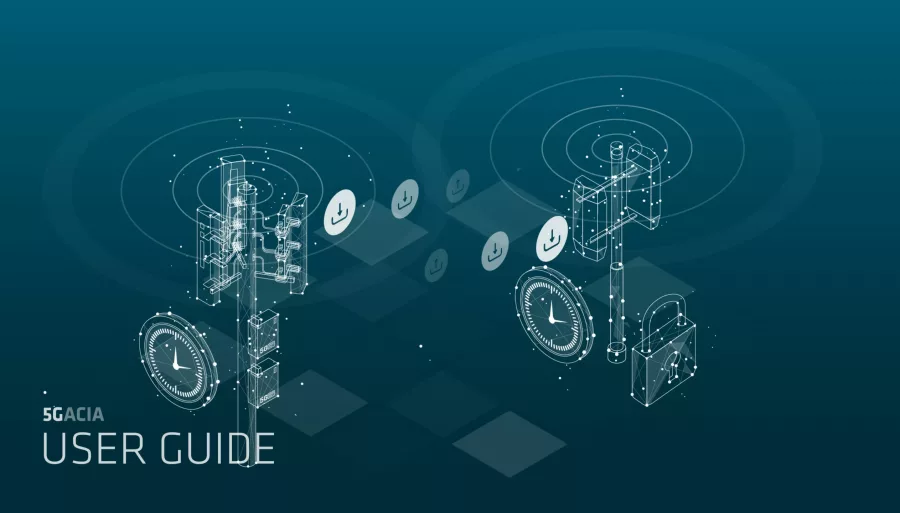In 5G time division duplex (TDD), uplink (UL) and downlink (DL) resources are split in time, with different time slots allocated for DL and UL on the same frequency. In some cases, neighboring networks may use differing TDD ratios. For example, a public network with a high amount of DL traffic may allocate more DL slots in its TDD pattern, while a non-public network (NPN) with a higher amount of UL traffic may allocate more UL slots in its TDD pattern.
It is clear that if two networks with different TDD patterns operate in the same frequency channel, the DL from one network (typically public networks with macro-cellular transmit powers) can significantly interfere with the UL resources of a second network. This degradation can also occur if the networks operate in adjacent channels within the same frequency band due to intermodulation. Whether this causes problems for an NPN depends on the degree of influence from neighboring networks, which in turn is influenced by several factors, such as distance, power levels, and antenna configurations.
In 5G TDD base station receivers, there is only a frequency-independent combiner (no filter included). The receiver is designed to cover at least one frequency band (e.g., TDD band n78, ranging from 3.3 GHz to 3.8 GHz). The antenna is also designed to cover the entire frequency range of the band (n78).
To separate uplink and downlink transmissions, different time slots are used. This allows for the synchronization of downlink signals across all cells, ensuring that they start and stop simultaneously. Once synchronized, the uplink is isolated from the downlink, enabling the system to be designed with sensitivity to low-power user equipment (UE) signals. It is clear that interference can occur when two non-synchronized networks operate in the same frequency, it can also occur when the networks operate in adjacent frequency bands due to intermodulation.

If the serving network (e.g., a non-public network (NPN)) on a different channel uses a different TDD pattern (e.g., with more UL slots), the DL of the interfering network can superimpose on the UE uplink signals, even if both networks are synchronized. In the worst-case scenario, this can prevent the receiver from decoding the signals, leading to significant UL performance degradation.
Summary:
When neighboring networks use different TDD patterns, a sufficiently strong interference signal in the DL can push the UL’s sensitive receiver into non-linearity, generating intermodulation noise—even with frequency separation. This results in a clear impact on data throughput when different TDD patterns are used in 5G networks. This effect is only visible in the UL direction. The network with more UL slots will suffer because the other network transmits DL signals at the same time when the victim network allocates additional UL slots. In other words, an NPN / campus network with more UL slots will be affected, while the public network using the predefined TDD configuration (“DDDFU DDDFU”) will not be impacted, provided the NPN does not use DL during the UL expected by the public network.
For more details, refer to the subtopic “Example of Performance Degradation Quantification Due to Non-Synchronized Networks and Usage of Different TDD Patterns.”
Recommendations:
- Avoid different TDD patterns: Where possible, avoid using different TDD patterns between public networks and NPNs.
- Addressing different TDD patterns: If different TDD patterns are required to allocate more UL resources, neighboring TDD networks may suffer from operating with varying DL/UL patterns. Whether this causes problems for an NPN depends on the influence of neighboring networks, which is determined by several factors, such as distance, transmit power, attenuation, and antenna direction.
- Minimizing interference: To prevent potential performance degradation from neighboring networks, measures should be taken to minimize the received signal power (Rx power level) from neighboring networks at the NPN site (see point 6). RX filters that limit the RF signal bandwidth to the used carrier bandwidth in the NPN can help mitigate the issue.
- Investigating interference impact: Measurements are recommended to assess the negative impact of interfering signals. Please note that performance degradation depends on the interfering signal level at the serving Base Station receiver.
- Regular measurements: The RF environment may change over time (e.g., due to new base station sites, new antennas, or environmental changes). Therefore, regular measurements are recommended.



